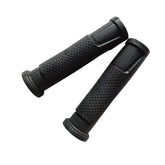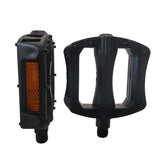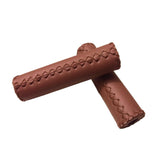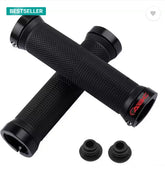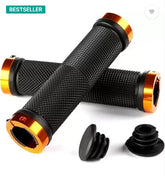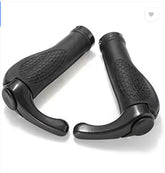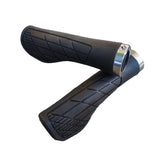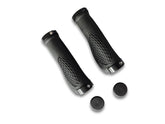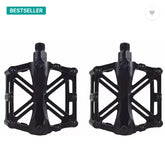Filter
11 results
15
- 10
- 15
- 20
- 25
- 30
- 50
Price, low to high
- Featured
- Best selling
- Alphabetically, A-Z
- Alphabetically, Z-A
- Price, low to high
- Price, high to low
- Date, old to new
- Date, new to old
Sort
Sort by:
- Featured
- Best selling
- Alphabetically, A-Z
- Alphabetically, Z-A
- Price, low to high
- Price, high to low
- Date, old to new
- Date, new to old
-
Soft comfortable and easy to fit on any Bicycle handle bar. Designed for filtering vibrations and improving comfort. Length: 125 mm Long life Sport Practices : BMX, URBAN CYCLING, HYBRID BIKES, MOUNTAIN BIKES
- Rs. 100.00
Rs. 200.00- Rs. 100.00
- Unit price
- / per
-
PVC Pedals for MTB, Hybrid Bicycles High Quality Resin Pedals Suitable for Recreational Mountain Biking or City Hybrid Cycle. These pedals are light weight, versatile, easy to install and durable. Body Type: Resin (Plastic) Spindle: Cr-Mo Bearing: Ball Bearing Type Country of Origin: India...
- Rs. 199.00
- Rs. 199.00
- Unit price
- / per
-
Soft comfortable and easy to fit on any Bicycle handle bar. Designed for filtering vibrations and improving comfort. Length: 125 mm For an unmatched premium style statement. Long life, hand stitched. Sport Practices : BMX, URBAN CYCLING, HYBRID BIKES, MOUNTAIN BIKES
- Rs. 199.00
Rs. 299.00- Rs. 199.00
- Unit price
- / per
-
- Rs. 300.00
Rs. 999.00- Rs. 300.00
- Unit price
- / per
-
SpecificationsGeneralBrandPEDFITModel NumberMountain Bike cycle Handlebar Grips Soft Rubber Anti-slip Handle Grip Lock Bar EndColorYellow, Black
- Rs. 400.00
Rs. 999.00- Rs. 400.00
- Unit price
- / per
-
Description SHIVEXIM Bicycle Handlebar Grips Lock-On Handle Bar Ends Bike Parts Cycling Accessories rubber Aluminum Alloy 100% Brand new and high quality Component sub-type: Handlebars The TPR rubber material is designed with anti-skip groove for cycling. Ergonomic handle, comfortable to hold, provide the best...
- Rs. 450.00
Rs. 999.00- Rs. 450.00
- Unit price
- / per
-
Bicycle Pedals Set Aluminium Alloy Technical Specification of Bicycle Pedals Durable Alloy material Precision thread Safe reflectors Sealed Bearing Suitable for All Mountain Bikes, Hybrid Cycles and Road Bikes Please Note - This part comes in Loose OEM Packaging.
- Rs. 599.00
- Rs. 599.00
- Unit price
- / per
-
Fit any standard straight handlebar bicycle or handlebars. It absorbs shock and relieves your fatigue and hands pressure for long rides. Clamp design is easy to install and stays in place. Keep your grips tight and secure. LOCK-ON - Each grip has a lock-on...
- Rs. 699.00
Rs. 799.00- Rs. 699.00
- Unit price
- / per
-
Fit any standard straight handlebar bicycle or handlebars. It absorbs shock and relieves your fatigue and hands pressure for long rides. Clamp design is easy to install and stays in place. Keep your grips tight and secure. LOCK-ON - Each grip has a lock-on...
- Rs. 699.00
Rs. 799.00- Rs. 699.00
- Unit price
- / per
-
Description Flat mountain bicycle pedals with reflectors and gripped surface. Tough alloy construction, one piece body design, well greased ball bearings. Made from aluminium alloy. Aluminum alloy material, strong in structure and durable to use. Suitable for mountain road bike cycling. Antiskid nail surface,...
- Rs. 700.00
Rs. 1,399.00- Rs. 700.00
- Unit price
- / per
-
Description DESCRIPTION The MADE by LOOK KEO standard is recognized in the cycling world for its minimal weight and compact design of the cleat and pedal combo. Of course compatible with all pedals on the market, their memory positioner is a major advantage when...
- Rs. 2,000.00
- Rs. 2,000.00
- Unit price
- / per


